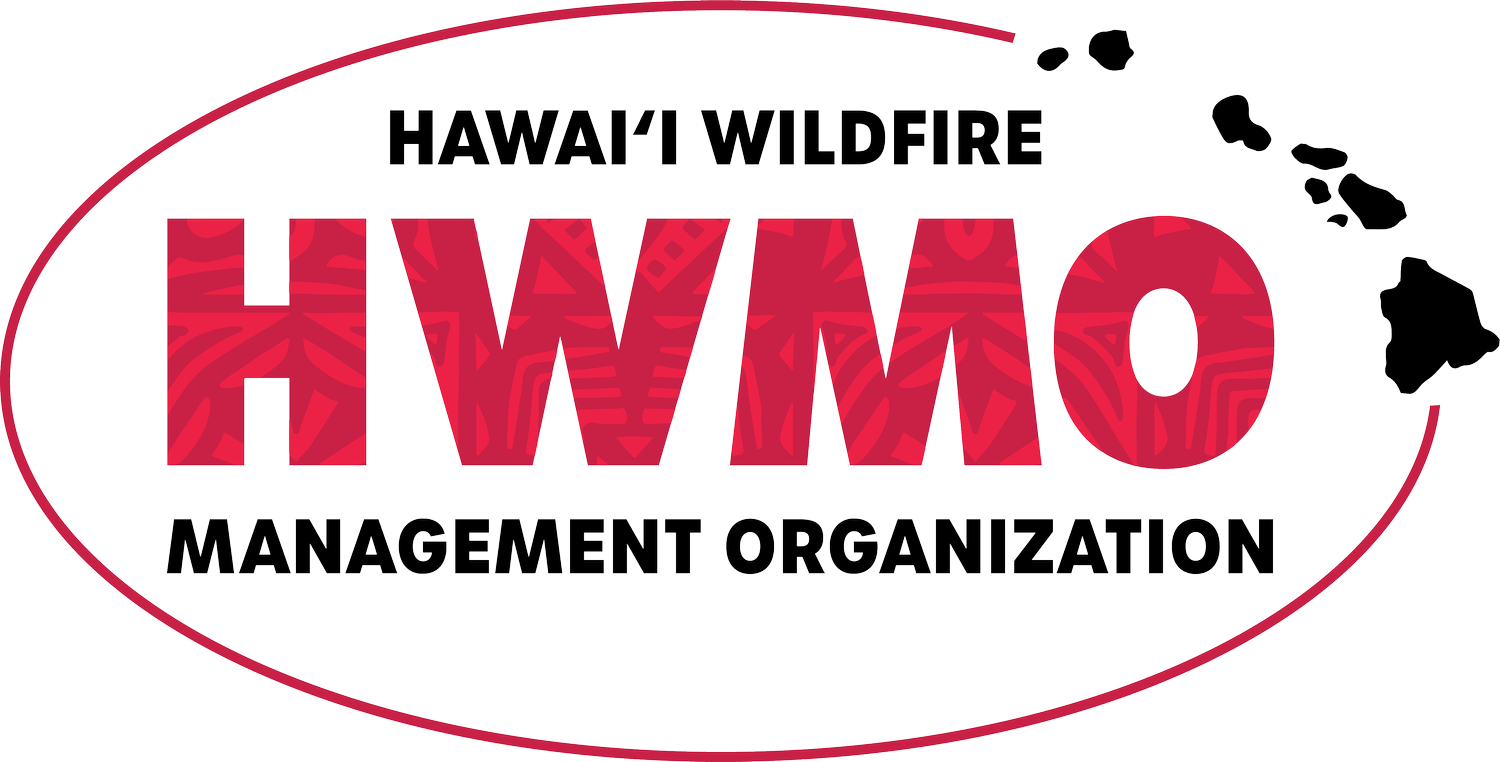Kauai Annual Brushfire Mitigation Meeting
Captain Daryl Date gives an update on KFD's latest news.
At least compared to 2015, Kauai was off to a quieter start in terms of brushfire activity. There were 69 brushfires to date (by June 9th) for 2016 compared to 122 by the same date in 2015. However, with the possibility of increased drought statewide, especially in leeward areas this summer, Kauai Fire Department and its partners are on guard for what could be a busy season.
KFD invited HWMO, National Weather Service, DLNR Division of Forestry and Wildlife, Department of Hawaiian Homelands, Natural Resources Conservation Service, and various large landowners ranging from coffee growers to seed companies to helicopter pilots to discuss wildfire preparedness and mitigation on June 9th. National Weather Service’s Derek Wroe gave a presentation on the current drought predictions. He warned that La Niña, which has a good chance of occurring by the end of the summer, doesn’t necessarily mean more rain. Typically, the tradewinds tend to be steadier during La Niña events in Hawaii, but that doesn’t necessarily mean more rainfall and could potentially intensify drought conditions
Pablo Beimler gave a presentation on behalf of HWMO on the input collected for the Kauai Community Wildfire Protection Plan update, which will be completed and signed by the end of July. He also shared information on the Wildfire & Drought Look Out! campaign, asking for partnership on the collaborative statewide effort.
The final portion of the meeting involved a great discussion amongst all of the large landowners and agencies regarding wildfire suppression resources. Each representative let KFD know what resources they had available (access roads, water supplies, large equipment) should a wildland fire occur on their property or on adjacent lands. This type of information sharing was a great example of the collaboration needed to address the shortfall of wildfire suppression and mitigation resources on Kauai.




